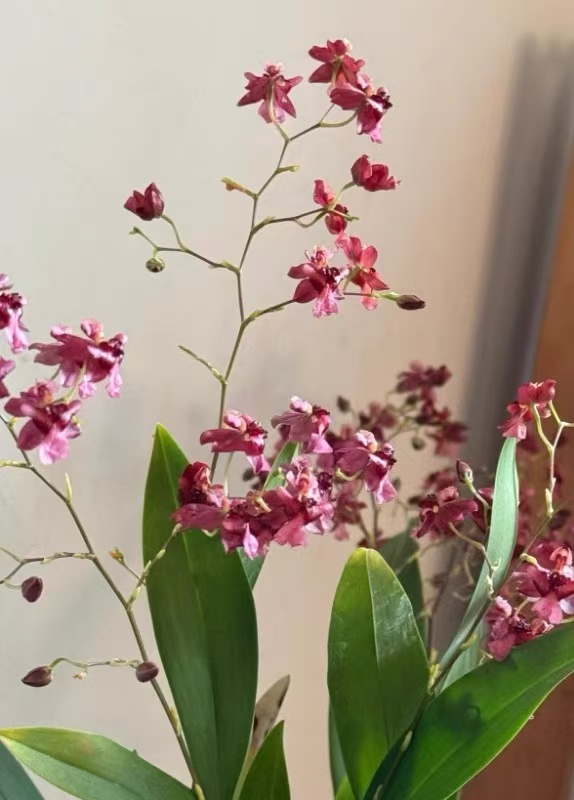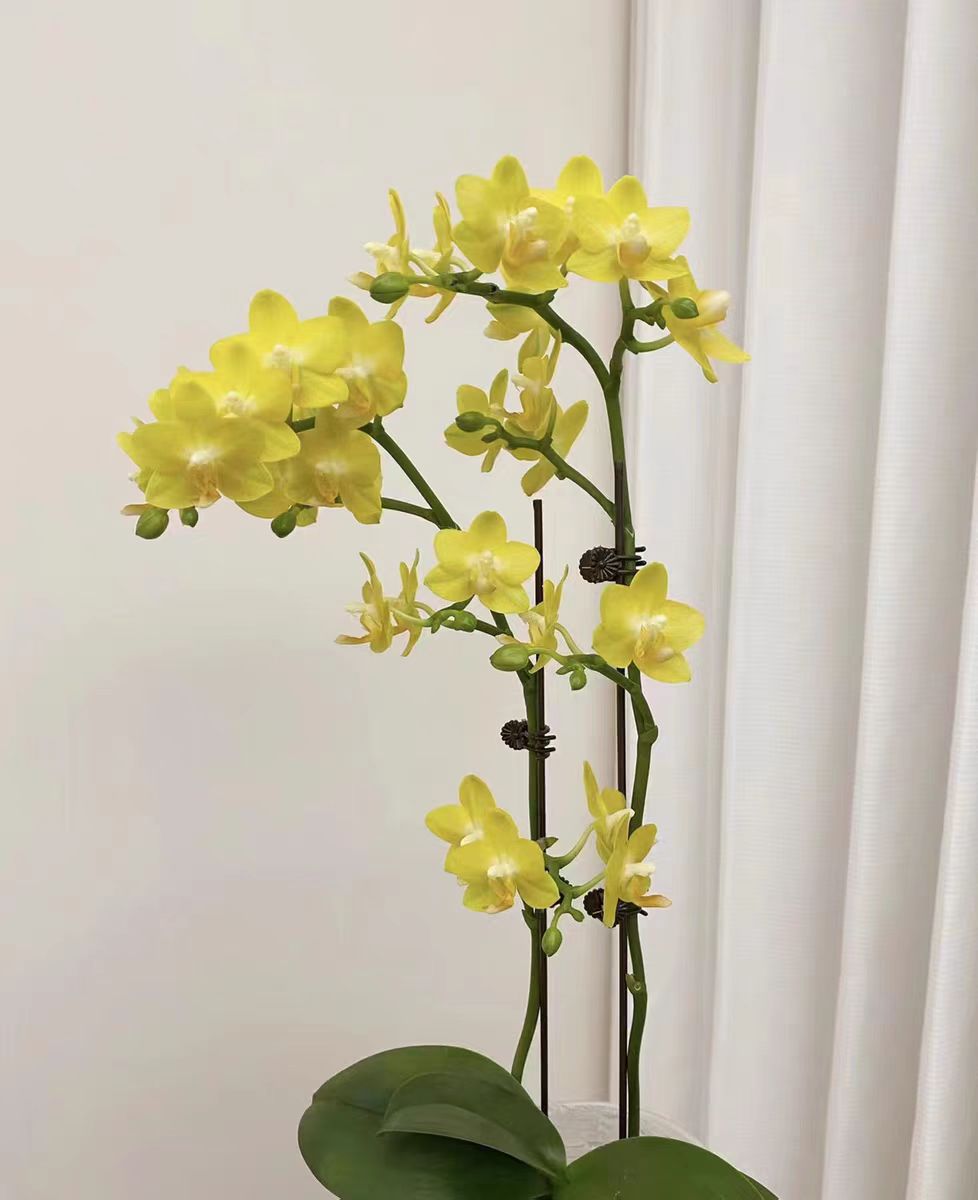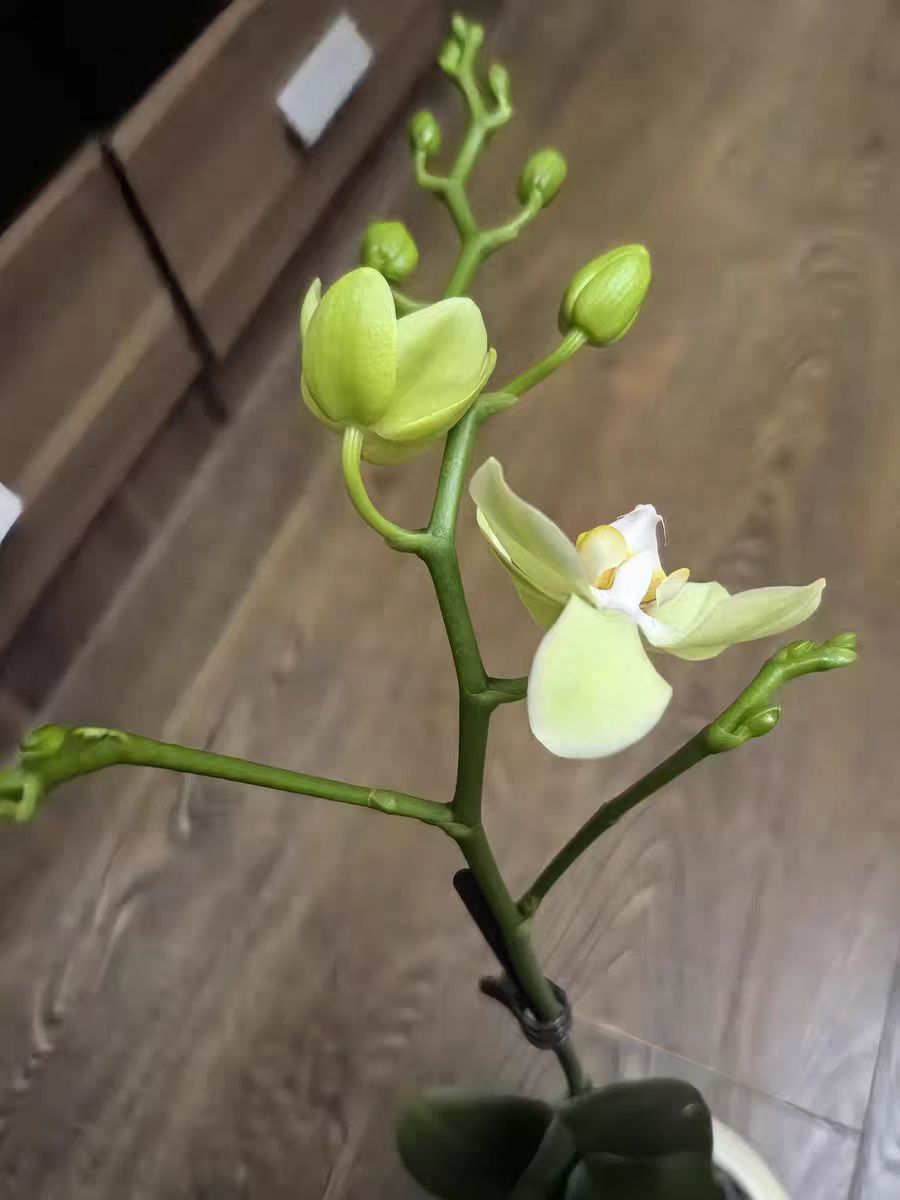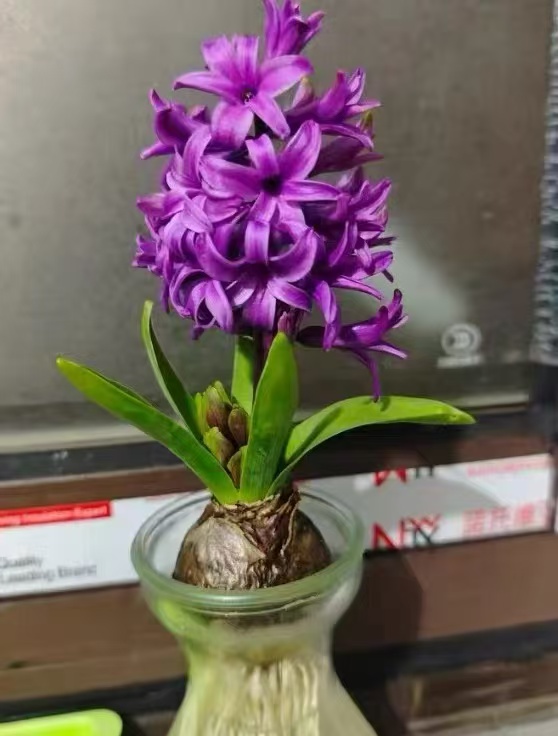Phalaenopsis hieroglyphica, a beautiful orchid also known as "Fragrant Orchid", is deeply loved by flower lovers because of its numerous flowers and strong fragrance. However, questions about how many times Phalaenopsis hieroglyphica can bloom in a year and whether the flower branches need to be cut off after flowering have confused many novice flower growers. Next, we will analyze these two problems in detail.
The natural flowering period of Phalaenopsis hieroglyphica is mainly in spring, usually from February to May. However, the number of times Phalaenopsis hieroglyphica blooms in a year and the flowering period are not fixed, but will be affected by many factors, among which the most critical are the maintenance conditions and temperature control.
In the home maintenance environment, Phalaenopsis hieroglyphica usually blooms only once a year. However, if it is properly maintained and the temperature is controlled, the flowering period of Phalaenopsis hieroglyphica can be extended, and it can even bloom twice a year. Specifically, by adjusting the temperature, the flowering period of Phalaenopsis hieroglyphica can last from October to April or May of the following spring, which can last for several months. Of course, this requires certain maintenance skills and experience, as well as more energy and cost.
In addition, there is also a view that the flowering period of Phalaenopsis hieroglyphica is around July every year and lasts until August. However, this view is not common and may be related to factors such as the maintenance environment and variety differences. Therefore, when maintaining Phalaenopsis hieroglyphica, we should still base on the actual situation and make judgments combined with our own maintenance conditions and experience.
Whether the flower branches need to be cut off after the flowers of Phalaenopsis hieroglyphica fade is a problem. On the one hand, cutting off the withered flowers in time can save nutrients and promote the recovery of the plant; on the other hand, if not handled properly, it may also have an adverse impact on the plant.
After the flowers of Phalaenopsis hieroglyphica fade, the withered flowers should be cut off immediately. This can avoid the withered flowers from continuing to consume nutrients, which is beneficial to the recovery and growth of the plant. At the same time, cutting off the withered flowers can also reduce the breeding of pests and diseases and improve the disease resistance of the plant. However, when cutting off the withered flowers, be careful not to cut the healthy parts to avoid affecting the growth and flowering of the plant.
In addition to cutting off the withered flowers, the following points should also be noted during the post-flowering maintenance period:
Control the amount of watering: Phalaenopsis hieroglyphica likes a humid environment, but it should not be overwatered. During the post-flowering maintenance period, the amount of watering should be controlled to keep the soil slightly wet. The specific watering frequency should be determined according to the ambient temperature and humidity.
Increase the light intensity: Phalaenopsis hieroglyphica needs sufficient light for growth and flowering. During the post-flowering maintenance period, the light intensity should be appropriately increased to allow the plant to receive more sunlight. However, in the high temperature and strong light of midsummer, it is necessary to provide appropriate shade or move it to a semi-shady place to avoid damage to the plant.
Fertilization: During the post-flowering maintenance period, it is necessary to fertilize regularly to supplement the nutrients consumed during flowering. A thin compound fertilizer solution can be applied every half month. However, it should be noted not to over-fertilize, otherwise it will lead to unbalanced growth of orchids and yellowing of leaves. Fertilization should be stopped after summer to prevent fertilizer damage.
Pot replacement: Although it is not recommended to replace the pot immediately after the flowers of Phalaenopsis hieroglyphica fade, pot replacement in spring is beneficial to the growth of the plant. When replacing the pot, it is necessary to choose a special orchid potting soil with good drainage and strong air permeability, and select an appropriate pot according to the size of the plant. After pot replacement, it is necessary to strengthen the management of water and fertilizer to promote the growth and flowering of new bulbs.
The number of times Phalaenopsis hieroglyphica blooms in a year and the flowering period will be affected by many factors, and the treatment after flowering also needs to be carried out according to the actual situation. When maintaining Phalaenopsis hieroglyphica, we should combine our own maintenance conditions and experience to judge and handle related problems, so that the plant can grow healthily and bloom beautiful flowers.
Should the flower branches be cut off after the flowers of Phalaenopsis hieroglyphica fade?

Share with
Tagged in :




Leave a Reply